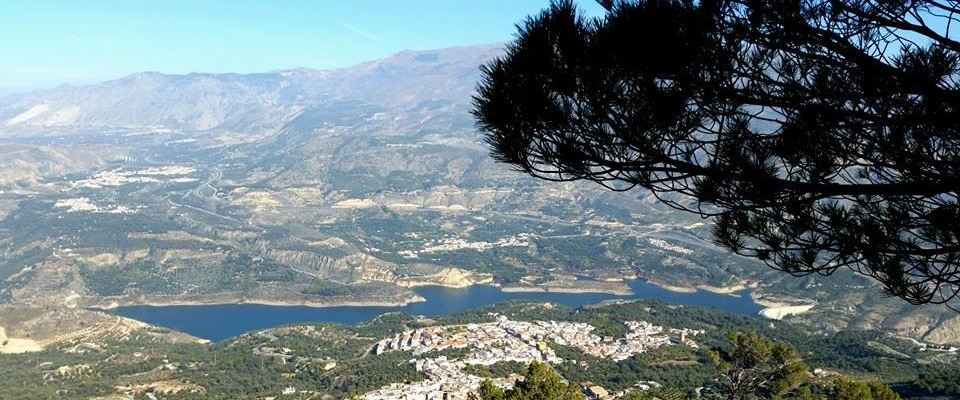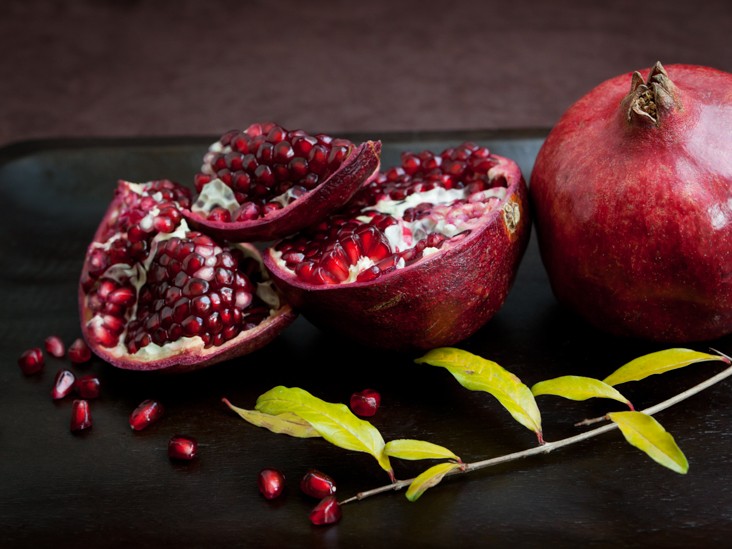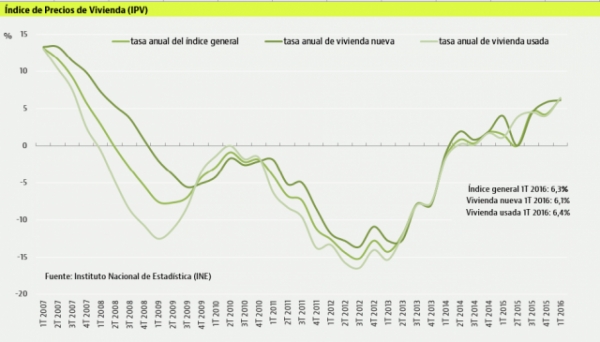If you are from northern Europe and move south, whether to France, Italy or Spain, you will quickly become aware that there are a lot more holidays, or holy days, than in your own country. Sometimes they are connected to Catholicism, sometimes they are national holidays but they will all, without fail be celebrated in style. This week’s holiday, on Wednesday, is called Columbus Day in US English, El Día de la Hispanidad (the Day of Spanishness) or Fiesta Nacional de España in Spain and it commemorates the day that Christopher Columbus arrived in the Americas in 1492. It is one of two national days (hey, why have one when you can have two), the other being December 6th, El Día de la Constitución, also traditionally one of the biggest days in the Spanish Christmas calendar.
National holidays, in fact most holidays, in Spain are very much made the most of. Whereas in somewhere like Britain, they are often spent on motorways or slumped on the sofa, a Spanish national holiday always involves a party, a fiesta. In Madrid, there is a big parade and, since the 12th is also the Spain’s Day of the Armed Forces, a fly-past by the Air Force’s aeronautics team.
In other parts of the country, work and study will be abandoned for a family get-together or a day out. Be prepared for shops and banks to be shut, as well as museums and sites of interest. It can be extremely frustrating, if you are used to being able to do things on a national holiday (in the US, for example, Columbus Day stops very little) but, once you live in Spain, taking the time to see people or have a party when everyone else does will make you feel completely en su casa.







